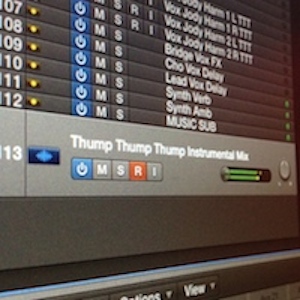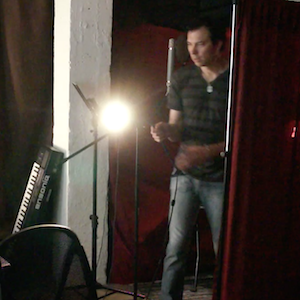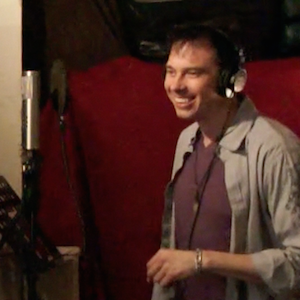
Thumping right along… That’s what I’ve been up to with getting these singles done and finished with my co-producing friend George Leger III. We put the final touches on yet another song called “Thump Thump Thump”.
That put’s the count at 3 songs completely finished.
The excitement is building as the impending release of single #1 draws nearer. Amazing and magical is how I describe it. The word that those few who have heard it is: Wow!!!
Pretty cool responses. Most of the time, music doesn’t make people say “Wow!!!” Now it does.
Thumping
How do I contain the restraint to releasing it? Good question. This is by far the absolute longest I’ve had to sit on a finished product. Main reason is not for building hype. No, it’s more simple than that. I really want to make sure the song gets the best possible launch it can have. That unfortunately takes time. Time, that a lot of people don’t have the patience to control.
Heck, I’ve had moments where I’m like, Fuck It! Lets do this!
Then the moment passes and I remember that there’s a plan. It’s a good plan. A winning plan based on those who have been asking and talking with me about it.
At this point we’re on to single #4, it’s so close to finish I can practically taste it…




